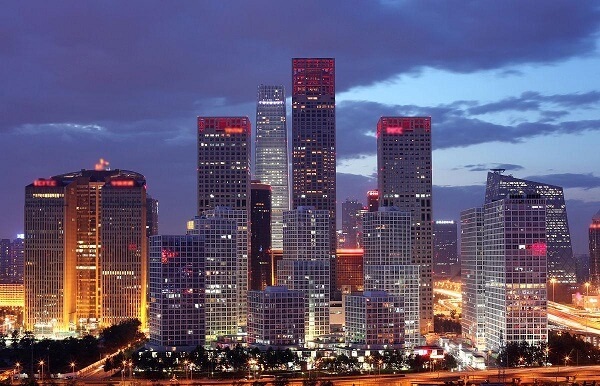This year’s National Day holiday, which took place from October 1st to October 7th, saw a significant resurgence in China’s tourism sector, reflecting the country’s economic recovery and the public’s desire for travel and leisure. According to the China National Tourism Administration (CNTA), a total of 782 million domestic tourists were recorded during the seven-day holiday period, marking a 7% increase compared to the same period last year. The recovery in tourism has been attributed to various factors, including the easing of travel restrictions and the gradual normalization of public health measures.
The surge in tourist numbers has been particularly notable in popular destinations such as scenic spots, historical sites, and cultural landmarks. For instance, the Palace Museum in Beijing, a popular attraction, received over 1.4 million visitors during the holiday, a 10% increase from last year. Similarly, major cities like Shanghai, Guangzhou, and Hangzhou experienced a significant influx of tourists, with local hotels and restaurants reporting full occupancy rates.
However, the tourism industry is not without challenges. The overcrowding at popular destinations has raised concerns about the sustainability of the tourism boom. Local authorities and tourism companies are increasingly focusing on promoting balanced and sustainable tourism practices. Initiatives such as peak-time ticketing, the implementation of smart tourism systems, and the promotion of off-peak travel are being rolled out to manage visitor flow and enhance the quality of the travel experience.
Economic indicators also show a positive trend. According to the China Tourism Academy, the total tourism revenue reached 699.7 billion yuan (approximately $106.3 billion USD), a 8.4% increase compared to the same period last year. This growth is expected to contribute significantly to the country’s GDP and support job creation in the sector.
Moreover, the recovery in tourism has had a ripple effect on related industries. The hospitality sector, retail, and transportation have all seen a boost in activity. For example, domestic flights and train tickets were in high demand, with many routes reaching their maximum capacity. This surge in demand has led to increased investments in infrastructure and service improvements to meet the growing demand.
It is important to note that the tourism recovery is part of a broader economic rebound in China. The National Day holiday period has provided a snapshot of the resilience and adaptability of the tourism industry in the face of challenges. As the country continues to recover from the impacts of the pandemic, the tourism sector is poised to play a crucial role in driving economic growth and enhancing the quality of life for Chinese citizens.
In conclusion, this year’s National Day holiday has witnessed a robust recovery in China’s tourism sector, with significant increases in tourist numbers and tourism revenue. While challenges remain, particularly in terms of managing visitor flow and ensuring a sustainable travel experience, the overall trend is positive. The tourism industry’s resilience and adaptability will be key factors in shaping the future of travel in China.
Views: 0
